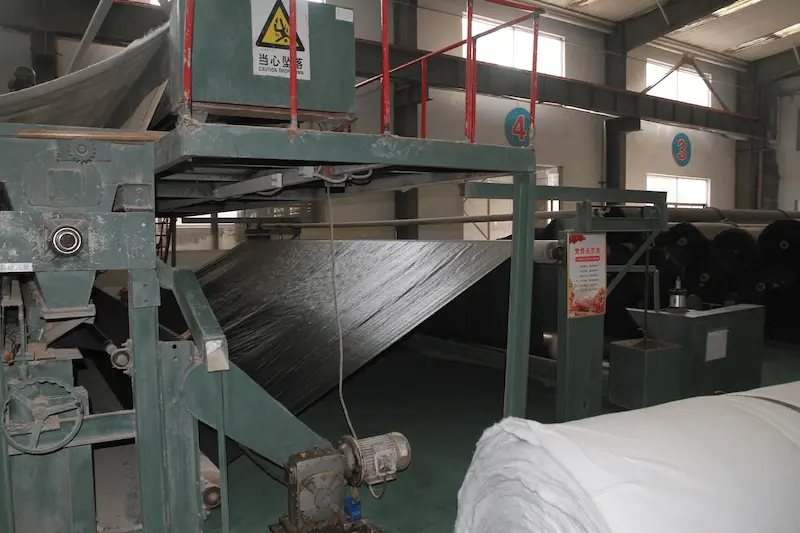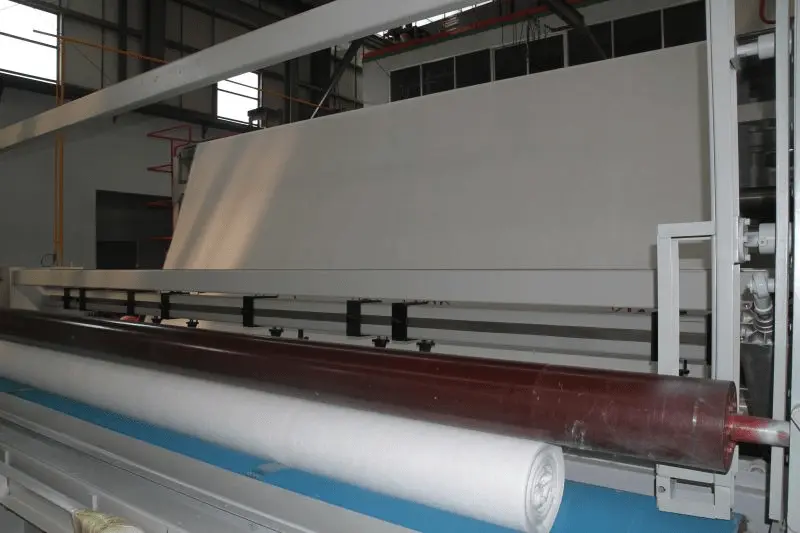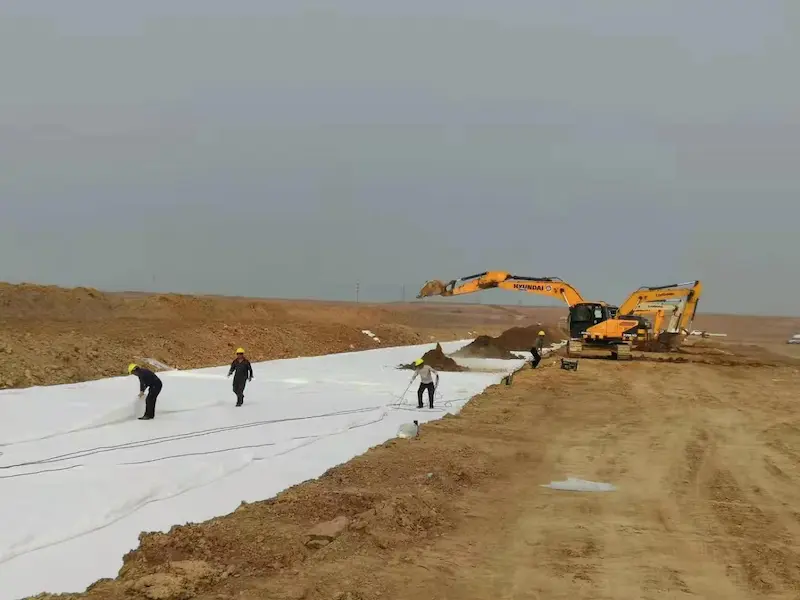Geosynthetics Properties: An Insight into Their Applications and Characteristics
Geosynthetics, a subclass of engineered materials, have emerged as a crucial component in modern geoengineering practices. These synthetic materials possess unique properties that enable them to perform effectively in various geotechnical applications, ranging from soil stabilization to erosion control. In this article, we delve into the properties of geosynthetics, exploring their characteristics and applications.
Firstly, geosynthetics excel in terms of durability. Made from high-strength polymers or other synthetic fibers, these materials are designed to withstand the rigors of the natural environment. Whether it's exposure to UV radiation, extreme temperatures, or chemical corrosion, geosynthetics maintain their structural integrity over extended periods. This durability ensures their long-term performance in geoengineering projects.
Secondly, geosynthetics exhibit excellent tensile strength. Their ability to withstand tensile forces makes them suitable for applications that require reinforcement or stabilization. For instance, in slope stabilization projects, geosynthetics can be used as tensile elements to reinforce soil masses, preventing erosion and landslides.
Moreover, geosynthetics possess good permeability properties. Depending on their construction and material composition, these materials can be designed to allow water to pass through while retaining soil particles. This permeability is crucial in applications where drainage is essential, such as in road embankments or landfill liners.
Another noteworthy property of geosynthetics is their flexibility. Unlike traditional geotechnical materials, geosynthetics can be easily shaped and molded to fit complex geometries. This flexibility allows for their seamless integration into various engineering structures, ensuring a tight and effective fit.
Furthermore, geosynthetics are environmentally friendly. Many of these materials are made from recycled fibers or polymers, reducing the demand for virgin materials. Additionally, their long-term durability and performance contribute to sustainable geoengineering practices, minimizing the need for frequent repairs or replacements.
In conclusion, geosynthetics properties make them a valuable addition to the geoengineering toolbox. Their durability, tensile strength, permeability, flexibility, and environmental friendliness contribute to their widespread application in various geoengineering projects. As technology continues to advance, we can expect geosynthetics to play an even more significant role in shaping our geotechnical landscapes.
768.webp)
570.webp)





628.webp)
